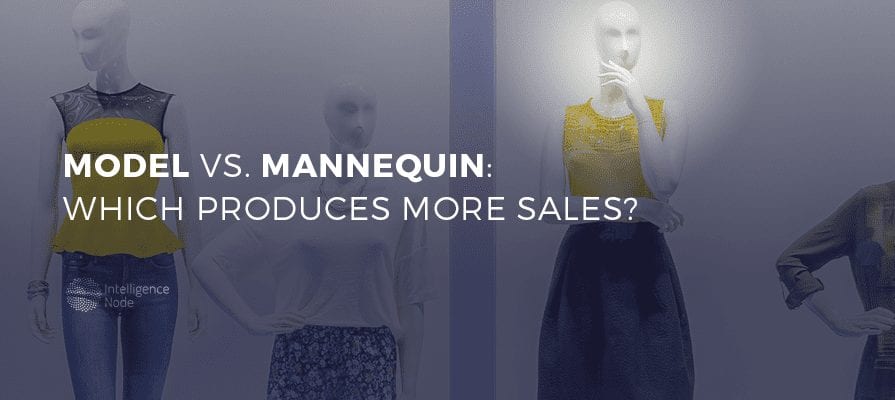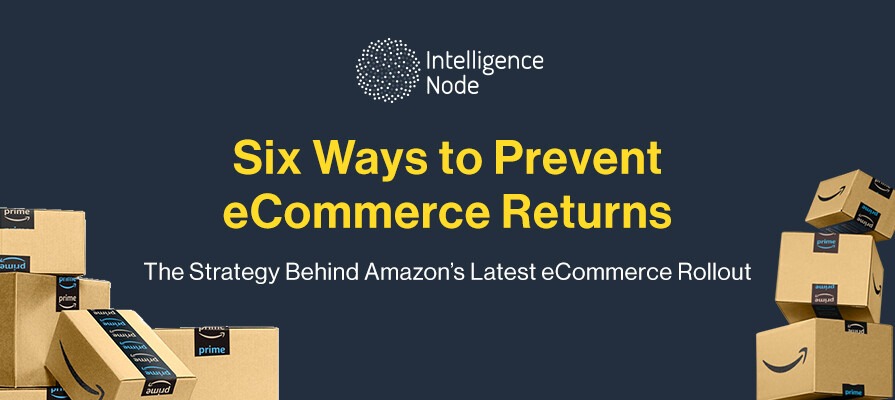A model can make even a lackluster piece of clothing look gorgeous by highlighting its silhouette, showing how the garment fits with other pieces, and encouraging an aspirational approach to buying. Of course, almost no one can afford the best models, and few small business owners can afford professionals. This leaves most businesses to choose between mannequins (or other displays, such as fancy hangers) and amateur or part-time models.
So which is better? That depends on your target market, the product you’re selling, and the brand identity you’re trying to cultivate. The following questions can help you assess which approach is better for your brand.
Can I Afford to Experiment?
If you’re torn between a model and a mannequin or hanger, consider whether you have time to experiment. One of the simplest ways to assess the relative value of each is to hire a model for a few pieces of clothing, then use a mannequin for the rest. You’ll save money by not putting your entire collection on the body of a model, and you’ll be able to clearly assess whether the value of a model is worth it.
Alternatively, consider using photos of both a model and mannequin on the same piece of clothing — especially if it’s a popular piece that already garners a lot of sales. Then alternate images on a daily or weekly basis to determine which gets the most views, and which gets the most sales. You may find that people click on clothing worn by a model more frequently, but clicks don’t matter if they don’t translate into sales, so don’t obsess over click-based analytics!
Do I Want to Tell a Story?
Every good clothing brand tells a story with its products, and encourages the buyer to expand on that story. Whether it’s the tailored clothing business that encourages women to consider where their products might next take career women, or the whimsical boho company that uses clothing as an outlet for creativity — your story matters.
The way you display your products affects how that story is told.
If you’re gunning for a professional, polished image, models are a must-have, even if you only use them for a few of your best pieces. If artsy, indie, or boho are more your style, you may be able to get away with draping clothing over a mannequin surrounded by bird cages, books, stationery, and other eye-catching symbols of hipster creativity.
Will Aspirational Customers Help or Hurt My Business?
A model does more than just show what your clothing looks like on a real human body. Models also encourage your customers to aspire to a particular image. This is an excellent branding strategy, but it can also backfire.
If your customers are too aspirational, they may believe that clothing will look better on them than it will. Unreasonable expectations kill sales over the long-term. For this reason, you should not use models who look significantly different from your ideal customer. For example, if you cater to senior women, using young women to show the clothing misrepresents your brand, and can result in customer backlash and returns.
Do I Have the Right Model Available?
If you opt to hire an amateur model, you’ll need to ensure doing so doesn’t harm your brand. Clothing that fits poorly, a model who slouches or adopts an awkward post, unprofessional lighting, and the wrong image can all reduce sales. To get the most out of your model:
- Choose someone with proportions that work well for your clothing, and use pins to ensure a perfect fit.
- Snap a number of photos in numerous poses, then pick the most attractive. Remember that photos that show subtle movements can be highly effective. A billowing skirt, for example, generally looks better than one sitting flat against the body.
- Select a professional, polished makeup and hair look for your model. Your model’s aesthetic should fit with your brand. Never allow a model to wear out of date makeup, distracting hairstyles, or otherwise detract from your products.
Can I Use a Mannequin to Showcase the Clothing?
A model isn’t always the right choice. Sometimes a mannequin is actually better at showing off a piece’s features. Up-close shots of gorgeous fabrics and patterns are eye-catching, piquing a customer’s interest. Likewise, a piece shot alongside matching accessories can encourage customers to get creative — and buy more.
To get the most out of your shoot, use the right mannequin. You may need to buy several. Some helpful tips:
- The clothing should not blend into the mannequin. A white dress does not belong on a bright white mannequin. Instead, choose mannequin colors that complement your clothing.
- Headless mannequins are generally more effective, since the faces and hairstyles of full mannequins can be distracting, and even creepy.
- While angled shots often look best with models, straight-on shots of mannequins tend to better accentuate a piece’s silhouette. Make sure you get at least one dead-on, centered shot of the front of the piece.
- Note that keyword-rich, evocative item descriptions can be almost as effective as a beautiful model. If you can’t afford a model, ensure that the way you describe your products encourages customers to consider how your work might improve their lives and aesthetic.
- Shoot well-lit, well-cropped images. You’ll need to take numerous photos of each piece. When you don’t have a model, professional-looking images become even more vital to your sales pitch.
What’s My Bottom Line?
If you decide, as most businesses do, that a professional model will ultimately do a better job selling your product, the next question is whether you can afford one. Sure, you might be able to come up with the cash, but a professional model is really only worth it if the increase in sales offsets the expense of the model. A 1-5% increase won’t do you much good if the model eats up 10% of your budget.
If you’re unsure how much value a model adds, try the model versus mannequin experiment referenced above. Then make your decision based on that data, rather than relying on gut instincts or the promises of a marketing firm.
[tac_ga url=”http://info.intelligencenode.com/key-automated-marketing-strategies-for-ecommerce-store-success” category=”Ebook Download” action=”Click” label=”Automated Marketing Strategies” target=”_blank”]




